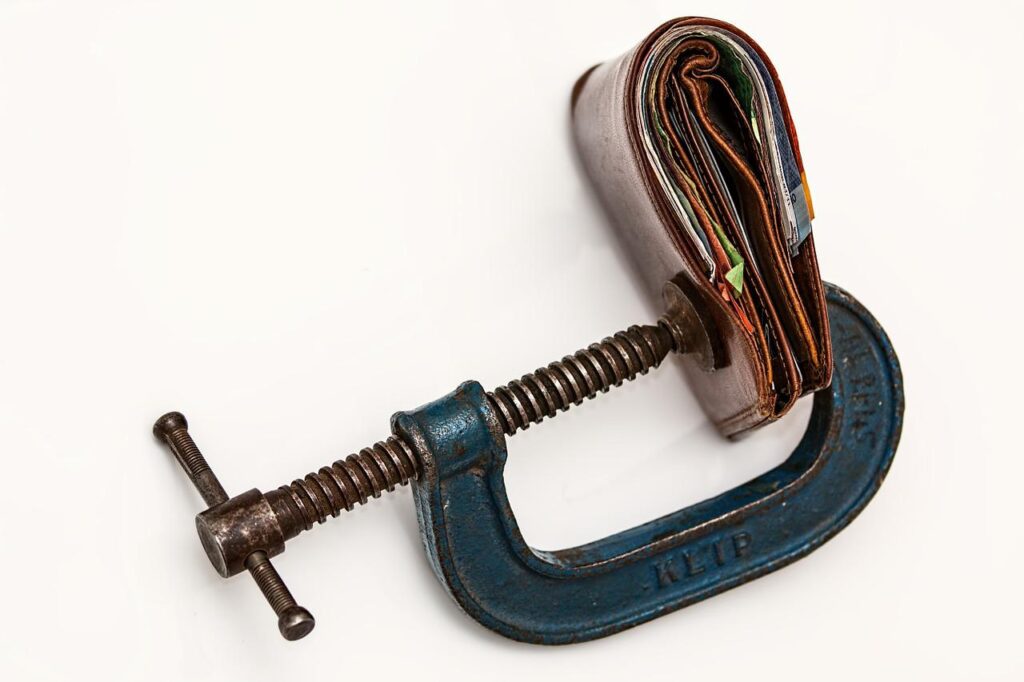How To Handle The Current Insanely High Interest Rates
This article is more than 2 years old

After the Central Bank conducted their recurring once-every-six-week meeting to review the current prime borrowing interest rate and then decided whether they should increase, decrease, or keep the rate the same. They decided to keep their hitting streak intact and raised the rate for the 7th consecutive meeting to a range of 4.25% to 4.50%. The United States economy hasn’t seen interest rates this high in about 15 years, and most Americans are wondering what they should do to avoid being swallowed up by massive credit debt.
According to CNN Business, “in a continued bid to tame decades-high inflation, the central bank may keep pushing rates higher next year, too, albeit at a more modest pace. That, of course, means higher borrowing costs for consumers. But it also means your savings may actually start earning a little money after years of barely-there interest.” The most prudent action you could take would be to closely examine your credit card debt. You will want to explore all available options to either reduce the amount owed by paying it down to an acceptable 30% usage level.
You might even want to pay it down to 20%, so it is accruing less of the higher interest rates that are on the way. The other option is restructuring the debt utilizing balance transfers that come with zero percent introductory rates for anywhere from 12 to 18 months. The restructuring option won’t eliminate the debt, but at the very least, it will insulate that debt from exposure to the rates increasing over the next year or so.
Since Credit Cards are revolving lines of credit, their interest rates are variable, so when the Fed increases the interest rate, those credit card rates increase with the market. Currently, the average rate in the nation hit a record high of 19.40%, which is up from the start of the year’s average of 16.30%. Your goal in the short term will be to avoid making large interest-bearing purchases unless necessary.
Car Loans, Home Equity, and Mortgage interest rates are quickly moving to the highest levels that we have seen in a long time. When we see credit interest rates rise, that means the banks will start paying higher interest rates on Certificates of Deposit and Savings accounts. Those savings increases are being seen more with the online banking companies where the traditional brick-and-mortar big banks are holding their interest offerings lower.
CNN Business reports, “If you’ve been stashing cash at big banks that have been paying next to nothing in interest for savings accounts and certificates of deposit, don’t expect that to change much.” That is why it is important to shop around for the best rates you can find whether they are your long-time traditional bank or an upstart online firm, if they are FDIC insured your money is safe.
When interest rates rise as they have over the last 12 months, it will put a large segment of the population in tough spots to navigate financially. These tips may help you elevate some of the impending pressure depending on your own individual financial situation. If you have the means to follow these tips it will go a long way in making the trip over the coming months and maybe years a little less bumpy.



